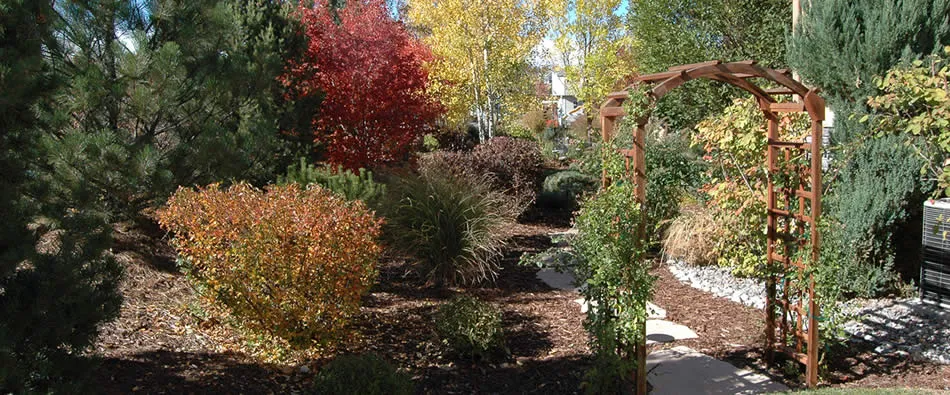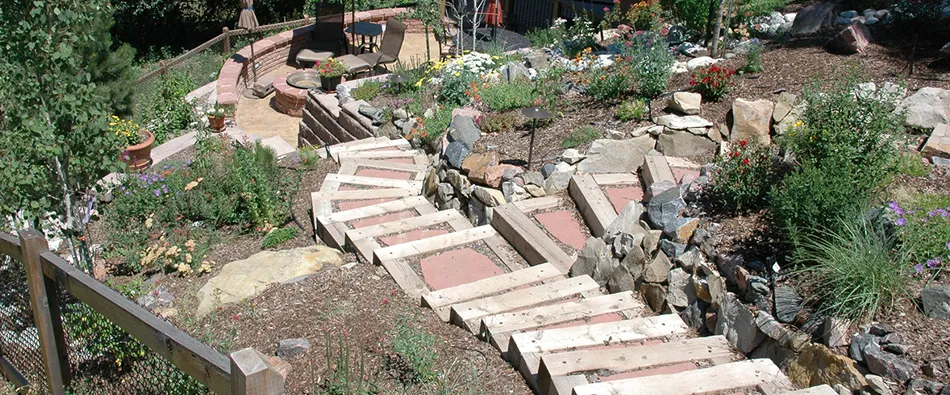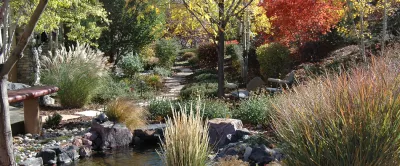Automatic Sprinkler System Overview
The basic components of automatic sprinkler systems are the same, whether you purchase a do-it-yourself system or contract with a professional service to have one installed.
The clock controller unit or timer is the core of the system. It activates the sprinkler system according to selections you choose (rated as to how many zones it can operate). There are two types of controller units: electro-mechanical clocks and digital read-out clocks. Electro-mechanical clocks have dials and pegs that let you set specific times, days and cycle durations. These clocks are durable and easy to use, but they are somewhat inaccurate, especially with cycles less than 10 minutes long. Digital read-out clocks are less durable and a bit more complicated to program, but are more flexible and accurate. Most new automatic sprinkler systems use digital read-out clocks.
The system operates from a central water supply line. This pipe, which is usually made of white polyvinyl chloride, commonly called PVC, runs from your water service line to your system's zone valves.
Zone valves are solenoid valves that allow water to flow from the system's main line, through smaller lines, and out sprinkler heads. Most systems have several zones, each controlled by one or more zone valves. Create valve zones to equalize the irrigation flow and time – according to need. Always use the same type of valve in a zone. Spray sprinklers are fine for small areas. Roto sprinklers are directional with a greater distance. A single stream sprinkler manages 15-25 feet coverage. Impact rotor heads apply water to an area 25-54 feet and take 2.5 times longer to cover. Bubblers are used for shrubs and trees and drip irrigation may be used for pots and garden areas.
Lateral lines lead from the zone valves to the sprinkler heads. Lateral lines are usually made of black polyethylene pipe, or poly-pipe.
By investing in a water pressure gauge, a person can monitor water pressure which affects coverage. Typically, 40-65 PSI is a suggested operating range.
Sprinkler systems with weather-based control will factor in the resident’s zip code, allowed watering days and soil type, sun exposure and slope of the lawn. The system will water only when landscape requires it and can save 30-70% in water. It can include freeze detection options to prevent watering during icy conditions.
------------------------------------------------------------------------------------------
Drought Cycles in Colorado
You can't always count on unlimited water at the tap. If you look at the history of the state, you'll see that drought is a regular visitor to Colorado. In the 1900's alone, four prolonged dry spells occurred. There was one in the 1910s. Another, in the 1930s, caused the infamous dust-bowl period. The second worst drought on record occurred in the mid-1950s. A series of hot, dry summers following a period of scant mountain snowpack created water shortages. The fourth drought hit parts of Colorado in the late 1970’s. In this century, the most severe drought since 1723 hit the state in 2002. Prior to the 1700's, researchers looking at tree ring records have found evidence of even more severe droughts, some lasting many years.
It is not a question of if, but when, the next water crisis will hit Colorado. What can you do to prepare for the inevitable dry face of Mother Nature? Landscapes will be one of the first things affected by water shortages. Landscapes that require high water input may fall victim to periods with limited water availability. Do something now to minimize the impact of future droughts. Manage existing irrigation with an eye to improving water efficiency. Many new irrigation products incorporate smart water technology. Design and plant landscapes using drought-resistant trees, shrubs, and perennials that can withstand extended dry periods. Group plants according to water needs. Create practical turf areas for play, or recreation. Use mulch in beds to conserve water, and use appropriate amendments for your soil. You'll be more in tune with living in the West by following these sustainable, water-wise ideas.
For more information on water maintenance explore some ideas on:
Xeriscaping: Creative Landscaping
Xeriscaping: Trees and Shrubs
Xeriscaping: Ground Cover Plants
Denver, Colorado






